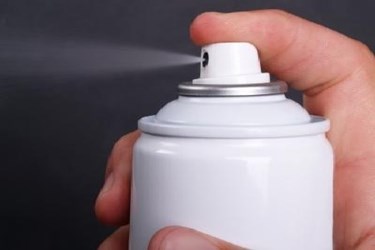Fighting Foodborne Illnesses With Spray-On, DNA Barcodes

By Sam Lewis

A new company in California is currently developing a barcode product to be sprayed directly on produce in an effort to prevent and suppress foodborne-illness outbreaks
Applying technology created at Lawrence Livermore National Laboratory, Oakland, CA-based DNATrek is making colorless, odorless, and tasteless liquids with unique DNA sequences. The liquid can then applied to the surface of fruits and vegetables, which, when run through a detecting machine, can identify each item of produce. This invention could become a major part of solving the puzzle of finding the source of foodborne-illness outbreaks, such as farms, warehouses, packaging facilities, and transport vehicles.
DNATrek’s invention is already recognized as safe as a food additive by the FDA. However, the technology is not currently being utilized by the industry. The company’s DNA barcode liquids will begin large-scale testing next year, and after the testing period, DNATrek is confident its technology will become a potent tool in fighting foodborne illnesses. Despite not being used currently, the company believes its technology could already have useful applications. “If there’s a problem at home and there’s a piece of the product left, you can pick it out of the trash, you can scrub the surface, and all the available information is there and you know exactly where it came from,” says the company’s founder and CEO Anthony Zografos.
How Traceability Technologies Connect The Food-Safety Dots
All members of the supply chain — growers, pickers, packers, and shippers — can select a signature barcode for produce. Then the barcode is mixed with a food additive, such as wax, to the produce. An infinite number of lab-created codes are available, so each company would have a unique fingerprint for its goods. The spray will remain on treated produce for about seven weeks, unless it is scrubbed off by the consumer.
If an outbreak were to occur, the unique barcode would be identified by polymerase chain reaction technology. Then, authorities could determine the course the produce was on and where the contamination could have begun. According to Zografos, “In 15 to 20 minutes, you know exactly where it came from.”
DNATrek believes the spray will cost around $1 for every 1,000 pounds of produce. According to Zografos, this cost of the technology is significantly less than the combined costs of making a product recall and treating ill consumers. However, for the technology to be adapted the industry, Zografos’ team has a big hill to climb. DNATrek must educate the public about the technology, addressing all safety concerns, and finally convincing food-industry executives to comply and implement the solution.
